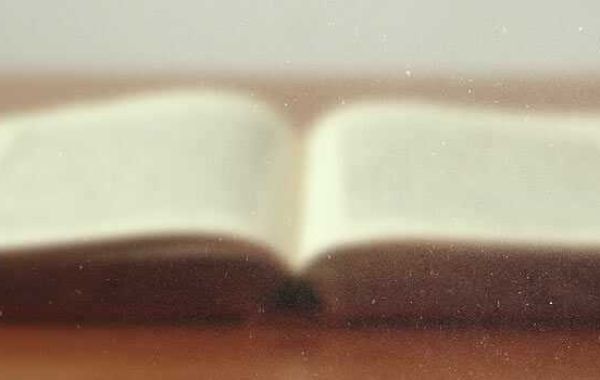color masterbatch, also known as color masterbatch, is a new type of special coloring agent for polymer materials, also known as Pigment Preparation. Masterbatches are mainly used in plastics. The masterbatch consists of three basic elements: pigment or dye, carrier and additive. It is a pigment concentrate, which is made by evenly loading an extraordinary amount of pigment into the resin. It can be called Pigment Concentration and therefore has a higher coloring power than the pigment itself. By mixing a small amount of masterbatch with uncolored resin during processing, a coloring resin or product with the designed pigment concentration can be achieved.
Precaution For color Masterbatch Design
1.Content Of Pigments
The pigment content in the masterbatch formulation is determined by the customer's requirements and the processing conditions. According to the color difference requirements of the whole ABS home appliance product and the actual molding process conditions of the resin, the color masterbatch for ABS home appliance needs to meet the color difference required by the customer while also considering the color difference control of the whole machine. The pigment content of the masterbatch was designed by controlling the coloring ratio of the masterbatch at 4:100.
ABS products can be colored with solvent dyes, which have a higher tinting power. When choosing masterbatches with solvent dyes, the masterbatch addition ratio should not be too low.
When mixing ABS transparent colors, ABS needs to be selected as the carrier. When coloring with solvent dyes, please note that products such as wetting agents copolymer waxes and stearates are not included in the prescription in order not to affect the transparency of the colored product.
2.Chemical Structure Of Dispersants
The chemical structure of the dispersant for color masterbatches is important. The stronger the dispersant's polarity, the better the dispersion effect in the pigment. The dispersant for color masterbatch is added within the range of 2.5%~5%. As the addition of dispersant increases, the dispersion effect of color masterbatch pigment is enhanced, and 5% is the appropriate addition amount.
The double bond structure in ABS resin is prone to thermal oxidation decomposition, and the appropriate addition of antioxidants can significantly improve the color stability of the product. ABS products can be compounded with primary and secondary antioxidants.
The color masterbatch must be selected as a carrier based on the product performance requirements of the special resin. Usually a high polymerisation ABS resin is used, but a low polymerisation resin with a melt index equal to or above that of the colored ABS resin can also be used. This makes it easier to disperse due to increased fluidity, especially for color masterbatches used for coloring engineering plastics, which require high strength ABS to be used as a carrier.
3.Powder Carriers
color masterbatch formulations can be selected from a mixture of powder and granular resin carriers. Powder carriers are mainly beneficial for the processing and preparation of masterbatches.
ABS resin is water absorbent and the water absorption rate in the warehouse is usually 0.3%~0.4% . In the manufacturing process of masterbatches attention is paid to keep the exhaust port smooth, which can achieve good grain appearance under appropriate negative vacuum pressure.
When coloring ABS, it is important to note that there are significant differences in color before coloring different varieties of ABS resin. Even plastic products manufactured with the same masterbatch match can vary greatly in color.








